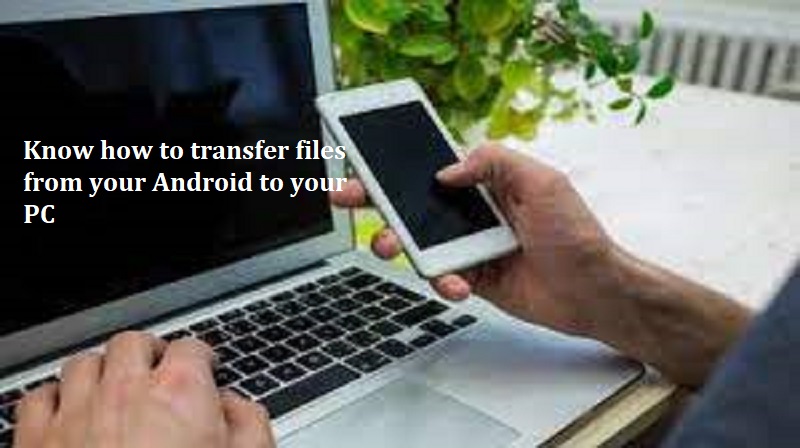
Mumbai: One can transfer the data on their Android smartphones to their computer. You can use a USB cable, Bluetooth, third-party apps, or local wireless connections for this.
Here are 5 user-friendly methods to transfer files from an Android phone to a Windows PC or a Mac:
USB cable: This is the simplest method to establish a connection and transfer files to your computer.When transferring files to a Windows PC, follow these simple steps:
Connect your smartphone to the PC by using the USB cable.
On your phone, a notification or pop-up will appear. Choose ‘File transfer’ or ‘Android Auto’ as your USB preference.
A file transfer window will open on your PC. Alternatively, navigate to ‘This PC’ via File Explorer and locate the folder named after your phone.
Browse your phone’s contents and drag files to a designated folder on your PC. Typically, photos are in the Camera > DCIM folder, and downloads are in the Downloads folder.
You can also select and copy files, then paste them into your preferred folder on the PC.
Also Read: IRCTC announces Vaishno Devi package: Details
Bluetooth: Bluetooth is another option for file transfers .
Here’s a step-by-step guide for using Bluetooth to transfer files:
Enable Bluetooth on both your phone and PC/Mac. On Android, you can do this from Quick Settings by pulling down the notification shade. On Mac and Windows, look for the Bluetooth icon in the status bar or control center.
Search for available devices on your Windows PC or Mac and choose your phone to pair with.
A pin will be shown on both devices to confirm the connection. Ensure the pins match before accepting the connection.
On a Mac, an extra step is needed. Open System Preferences > Sharing and enable Bluetooth Sharing.
Find the file or photo on your smartphone that you desire to transfer.
Tap the Share icon and select Bluetooth.
On a PC, right-click on the Bluetooth icon on the Taskbar and choose ‘Receive a File.’ Then select the source device, and the file will be sent to your Documents folder. On a Mac, the file goes to the Downloads folder for immediate access.
ShareDrop: ShareDrop presents a convenient way to transfer files between your Android phone and Windows PC or Mac without any app installation. This web-based solution utilizes an encrypted peer-to-peer connection, powered by WebRTC (Web Real-Time Communication) technology. To begin, ensure that both your phone and computer are connected to the same network.
To use ShareDrop for file transfer between your Android phone and desktop:
Open your preferred desktop browser and visit ShareDrop.
Click the ‘+’ icon located in the upper-right corner.
Copy the web address and open it on your Android phone, or use your Android device to scan the QR code.
Your phone’s default browser will open ShareDrop. Choose your avatar.
Access ‘Files’ and select the images and videos you want to transfer. Tap ‘Send.’
ShareDrop on your desktop prompts you to save the files. Click ‘Save.’
Retrieve your downloaded files from the File Explorer (Windows) or Finder (Mac) app.
Google Drive:
Launch the Google Drive app on your Android device.
Tap the + button in the bottom-right corner and choose Upload.
Select the files you wish to share from the list and wait as they upload (this may take a while for larger files).
Open drive.google.com in your desktop browser and ensure you’re signed in with the same Google account as on your phone.
Your uploaded files are now available for download.
OneDrive:
Download and install the OneDrive app on your Android device.
Launch the OneDrive app and log in using your Microsoft account credentials.
Tap the + icon located at the top, then choose “Upload” to begin uploading files to your OneDrive account.
On your Windows computer, open File Explorer by pressing Windows key + E. Locate your OneDrive account in the left sidebar.
Access your uploaded files on your desktop for easy use.

Post Your Comments